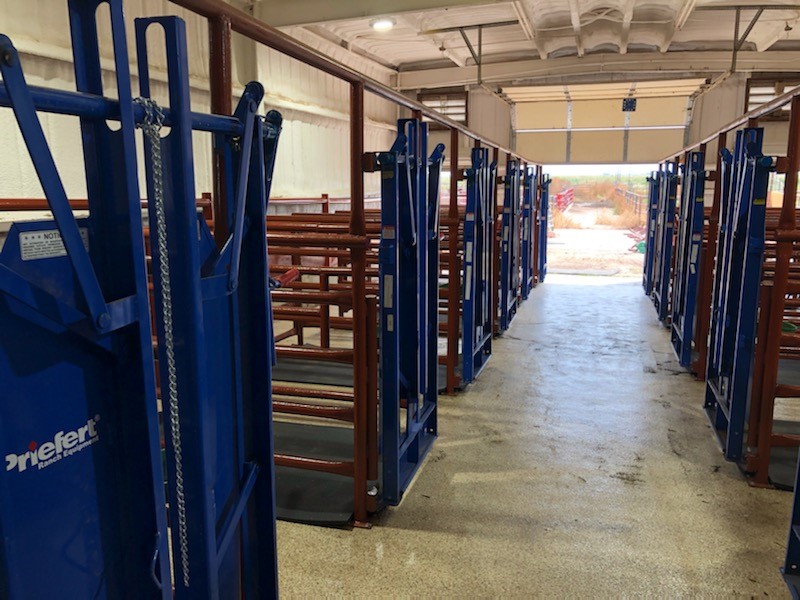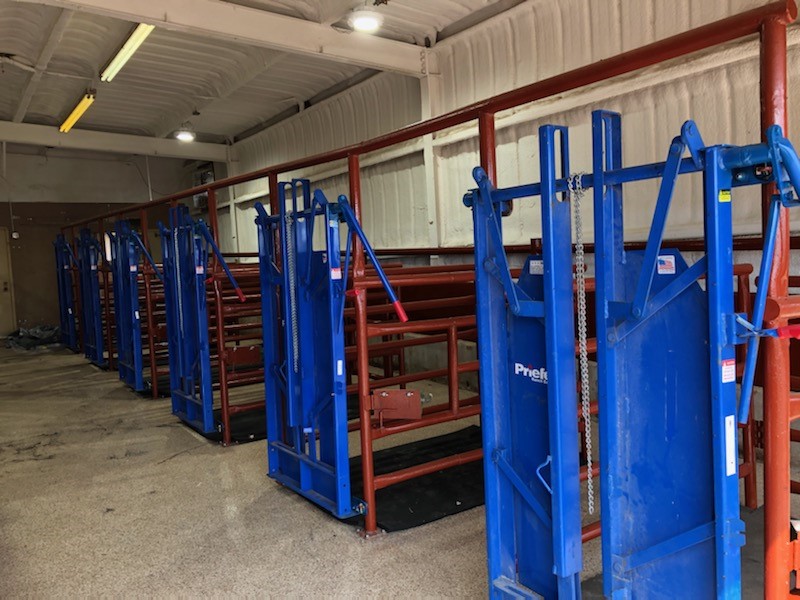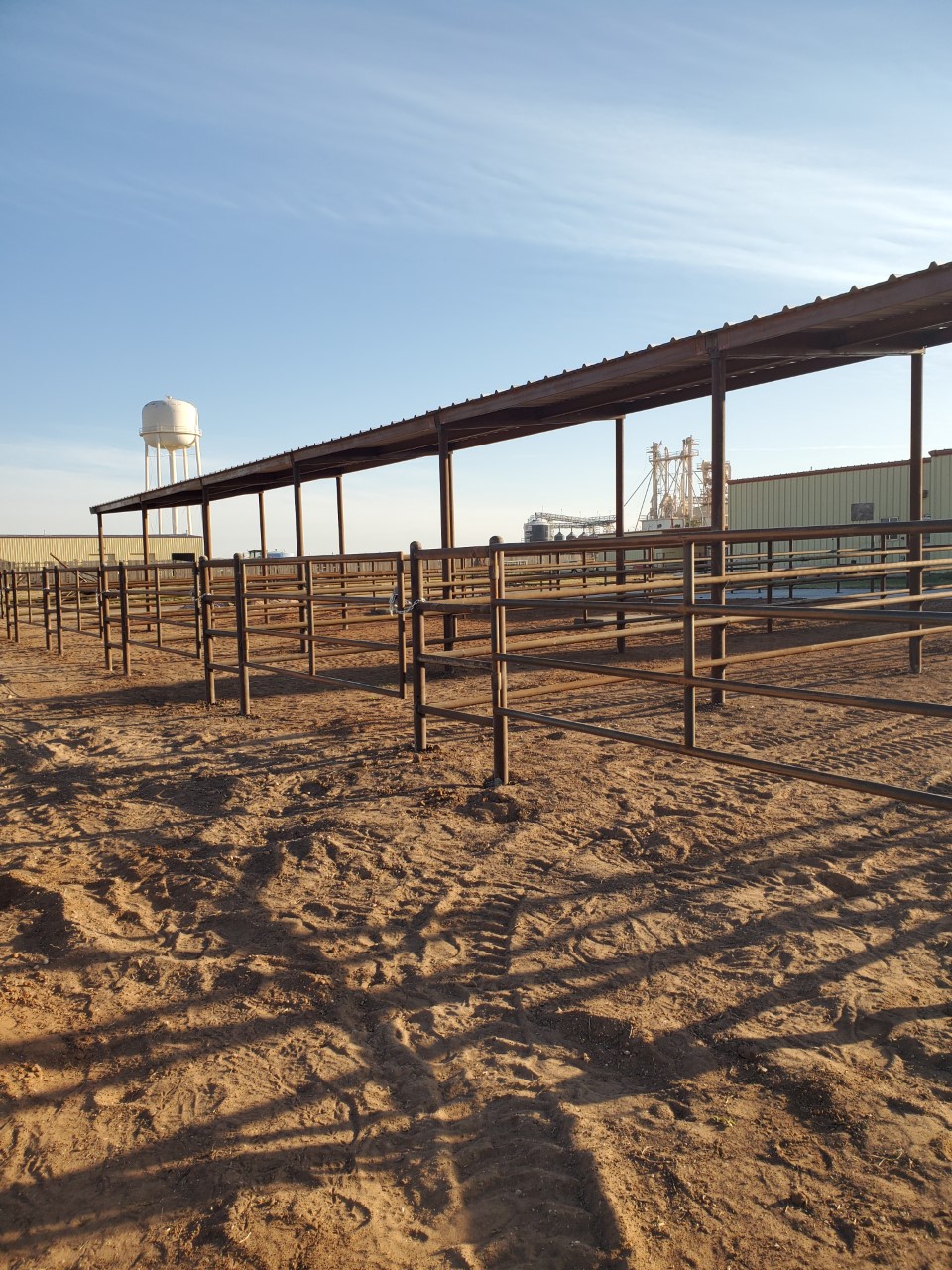Energetics Building
Precision management of beef cattle operations in an requires a thorough understanding of the nutrient requirements of different animal classes at various levels of production. A comprehensive system for describing energy requirements of beef cattle is particularly important because energy intake is typically the first-limiting aspect of production for all classes of beef cattle, and energy required for maintenance can exceed 70% of total whole-herd energy use. Energy intake is especially important for growing and finishing beef cattle, where achieving maximal rates of gain at high levels of efficiency is key to profitability and long-term sustainability of the industry.

Despite the importance of energy requirements to beef production, research in this area has been limited by the challenges associated with assessing energy requirements in livestock. Losses of energy in feces and urine can be measured in nutrient digestion and retention studies in which total collection of excreta is conducted typically over a period of 5 to 7 days. Because loss of energy as methane is important in ruminants, its measurement also is essential to fully evaluate energy transactions. Assessing energy lost as feces, urine, and methane yields an estimate of metabolizable energy concentration of diets, but additional important energy losses occur as heat. Measurement of heat loss from animals is far more challenging than measuring digestive losses, with one of the primary methods being respiration calorimetry. Calorimetric methods are generally indirect where measurement of respiratory gas exchange (carbon dioxide and methane production and oxygen consumption) is conducted.
The Energetics building is equipped with 12 stanchions. Each stanchion was designed to house cattle ranging in body weight from 227 to 636 kg on rubber mats. The facility has air flow ventilations, LED lights, and a non-slip floor. Energy balance collection supplies include numerous fecal bag harnesses, fecal bags, urine harnesses for steers, urine collection carboys, and a central vacuum line to collect urine from steers. Precision balances that weigh up to 32 kg with a 1 g readability are used for an accurate measurement of total urine and fecal output.

Six portable respiration head boxes to conduct indirect respiration calorimetry have recently been constructed. The portable boxes are 0.76 × 0.76 × 1.78 m and are made from an aluminum frame which is covered with 5-mm clear plexiglass sheets. The box is equipped with a 0.76 × 117 cm opening with a vinyl hood used for attaching around the animal's neck to provide a seal between the box and the animal. The box is built such that the daily allotment of feed can be placed in the bottom of the box and each box is equipped with an automatic water bowl. Gas exchange is determined by pulling air through the box across a temperature-compensated dry test meter to determine airflow leaving the box. Real-time air temperature and humidity are determined using a data logger. Proportional samples of background air entering the box and air exhausted from the box are collected in polyethylene-aluminum-Mylan laminate gas bags to form a composite air sample for the collection period for each animal.

Six pens were recently constructed to house cattle for energy balance studies. The soil-floor pens contain fence line feed bunks, concrete apron, shade, and shared water tanks between adjacent pens. These pens are capable of housing 6 animals/pen.
Burnett Center
-
Address
Texas Tech University, Department of Animal and Food Sciences, Box 42141, Lubbock, TX 79409 -
Phone
806.742.2805 -
Email
moriah.beyers@ttu.edu
